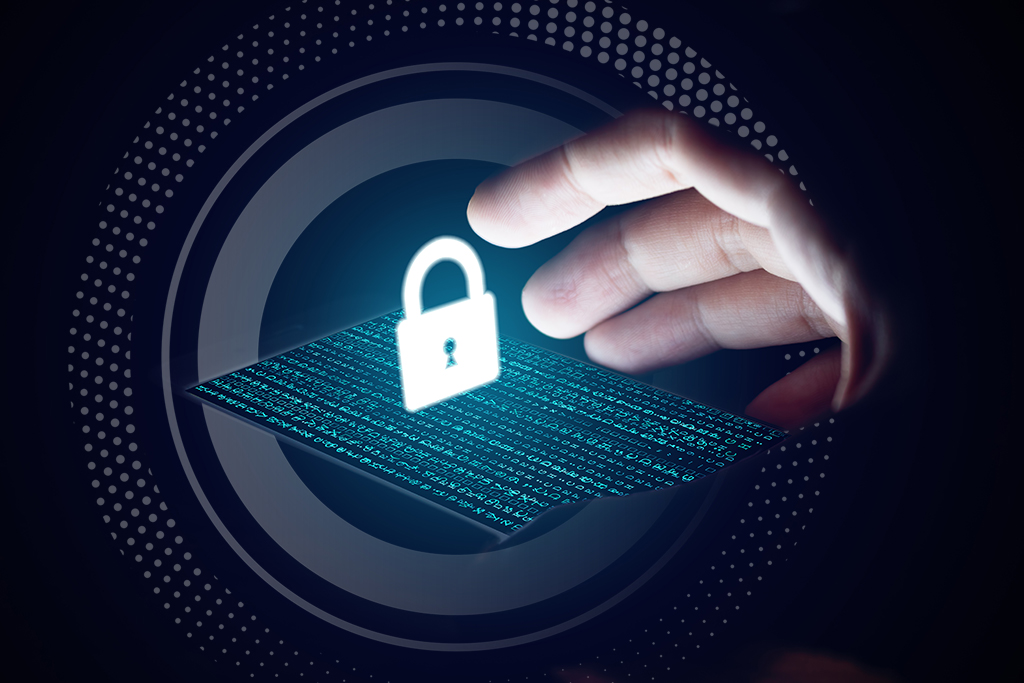Eli Cohen’s secret quantum language

Eli Cohen’s group joined a new consortium involved in creating a secret code using quantum devices. This code will enable users to transmit secret information in free space and fiber-based networks. His teammates are going to play the bad guys…
During the final week of December, the Innovation Authority approved the formation of a new consortium to develop communication systems and quantum encoding. The consortium will be comprised of four commercial companies (Elisra – a subsidiary of Elbit, Nvidia/Mellanox Technologies, OPSYS, and a startup company QuantLR) and four academic institutions (Technion, Tel Aviv University, The Hebrew University, and Bar Ilan University). The project will take three years to complete, at a budget of 50MILS – a national-scale budget. “The work on establishing the consortium took two years and included many collaborative efforts of industry and academics, setting shared technological goals, and plenty of paperwork. It took several auditors by the Authority, as well as a recommendation from an international expert, Prof. Artur Ekert from Oxford University, a pioneer in the field,” says Dr. Eli Cohen of the Faculty of Engineering, whose research group represents Bar Ilan University at the consortium (alongside Prof. Avi Pe'er from the Physics Department). “In fact, when we spoke, Prof. Ekert said that we should have created the consortium years ago.”
The project’s ultimate goal is to find ways to securely transmit information between two sides that trust each other, by developing a secret language among them. “The goal is to create some sort of key using quantum means, a secret code that only the parties related to its creation are aware of and know its meaning,” elaborates Dr. Cohen. “Existing theoretical and practical knowledge shows that once the key exists, there’s no reason for concern: if both parties use it correctly, the information is secure and cannot be stolen. The problem starts when the secret language was never fully eavesdropping-proof. For that reason, the language creation mechanism has to be secure.”
The consortium’s technological goals are to realize laboratory demonstrations in the industry in three different areas. The first arena: a complex network, generating and distributing secrete keys among different users; the second: sending out the key in free space, using optical means – a method which has been successfully demonstrated in the past; and the third: distributing keys within data centers. “The third arena is the one in which both Bar Ilan teams are involved,” says Dr. Cohen. “We want the servers to communicate using the secret language, securely, so that even if a hostile entity manages to penetrate them – for instance, using a flash drive – and copy the information, it would be insignificant because they wouldn’t have the key.” Another goal is to expand the infrastructures of quantum technology in academia and the industry and empowering specialized personnel. “That is significant, because this is a statement by academia and large, leading companies in Israel, saying ‘we want to have quantum technology and we want people who understand it’,” explains Dr. Cohen.
Dr. Cohen’s group, of which five members are working on the project, focuses on developing new distribution protocols of keys within databases, on both software and hardware levels. In addition, and there’s no pretty way to put this, they try to be hackers. “Industry companies have taken upon themselves to develop the keys, and we want to test that in action, to try and crack the encrypted code that they developed, in order to see if it works and the keys are indeed encrypted. You see it in the movies, but it happens in real life, too: large companies hire hackers to try and hack them, in order to learn where their weaknesses lie and how they can be mended. So that is what we are going to be doing – first play the bad guys and then offer more bulletproof encryption protocols.”
The consortium hopes to create multiple keys which will be distributed across data networks, in free space, and in databases – all within three years. The results of the research and development can be used not only for commercial purposes but for intelligence as well. Indeed, the Ministry of Defense’s Administration for the Development of Weapons and Technological Infrastructure is also involved in the project. “At the end of the day, the immunity of these keys comes from principles that lie in quantum theory, and the entire project relates to the second technological revolution and the fact that it is already affecting the development of technologies in Israel and around the globe,” concludes Dr. Cohen.
Last Updated Date : 13/01/2021



